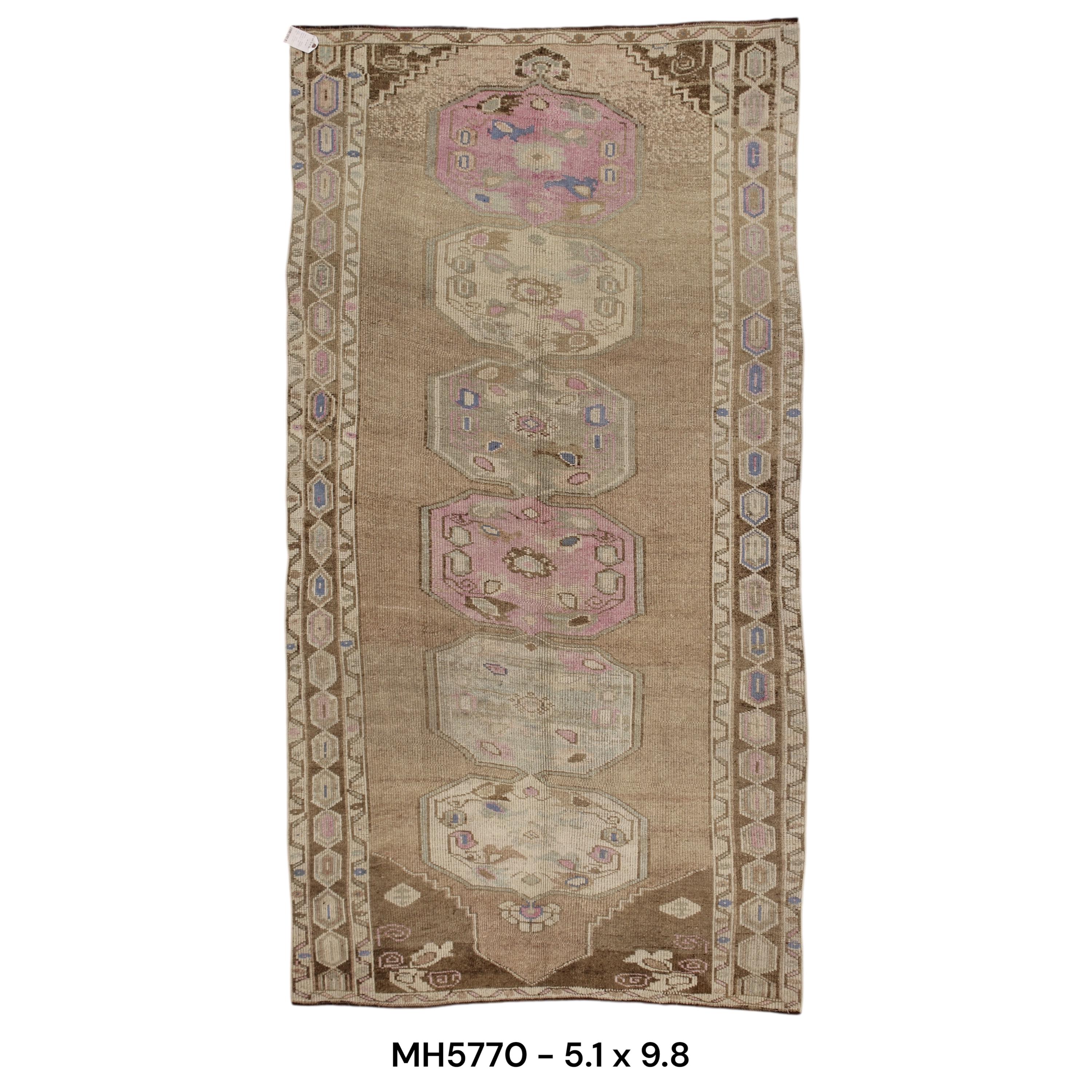And Why This Subtle Color Variation Makes Your Rug Even More Special If you’ve ever noticed slight horizontal bands or shifts in color across a handwoven rug — especially in large areas of solid color — what you’re seeing is something called abrash. Far from being a flaw, abrash is one of the most beautiful and sought-after characteristics in handmade rugs.Â
So, What Exactly Is Abrash?
Abrash refers to the natural variation in color that appears when different batches of yarn — dyed in what’s intended to be the same color — show slight tonal differences. These color shifts create a soft, organic striping or shading effect, typically visible across the width of the rug. Rather than detract from the design, abrash adds richness, texture, and soul — telling a story of natural materials and human hands. Â
Why Does Abrash Happen?
There are several natural reasons abrash appears in handwoven rugs:Â
1. Hand-Dyeing in Small BatchesIn traditional rug-making, wool is dyed in small, hand-prepared batches. Even with the same recipe, minor variations in: Â
- Water temperatureÂ
- Dye concentrationÂ
- pH of the waterÂ
- Soaking timeÂ
- Humidity and altitudeÂ
...can all lead to subtle differences in color from one batch to the next. When these batches are used together — sometimes days or weeks apart — the result is a delicate, layered tone variation that appears as abrash in the finished rug.Â
2. Natural Fibers Absorb Dye DifferentlyEven within the same batch, natural wool fibers can take in dye unevenly. This is especially true when the wool comes from different parts of the sheep’s body or from different animals. Each fiber has its own density, porosity, and natural oil content (lanolin), all of which affect how it holds color.Â
3. Timing in the Weaving ProcessHandwoven rugs often take weeks or months to complete. During that time, the weavers may run out of one dyed batch and begin using another — even if the color looks nearly identical at first. Over time, as the rug is exposed to light and air, the difference becomes more noticeable. Â
How Is the Wool Dyed?
Traditionally, the wool used in handwoven rugs is: Â
- Washed and cleaned to remove natural oils and dirt.Â
- Spun by hand, which already introduces a slight irregularity in thickness — part of the rug’s charm.Â
- Dyed in small pots using natural or vegetable dyes, such as: Â
- Madder root (reds)Â
- Indigo (blues)Â
- Walnut husks (browns)Â
- Pomegranate peel (yellows)Â
- Onion skins, cochineal, and moreÂ
Natural dyes bond to the fiber in complex ways — and react uniquely with each batch of wool — giving handwoven rugs their soft, organic look. Synthetic dyes may also be used in modern production, but when applied by hand in artisanal settings, they can still produce abrash due to small inconsistencies in mixing and dyeing conditions. Â
